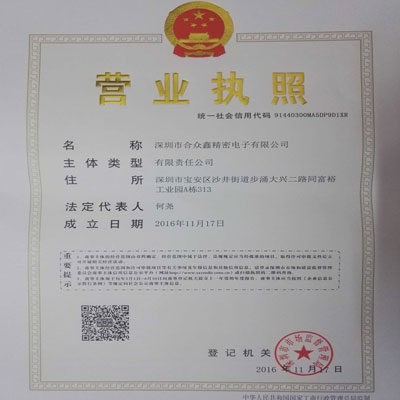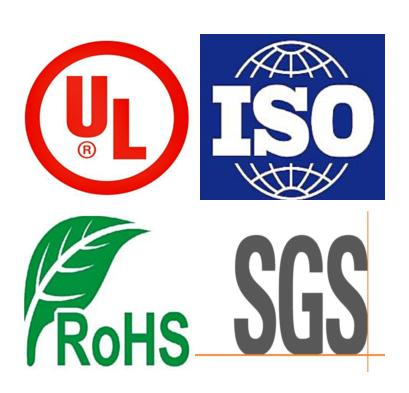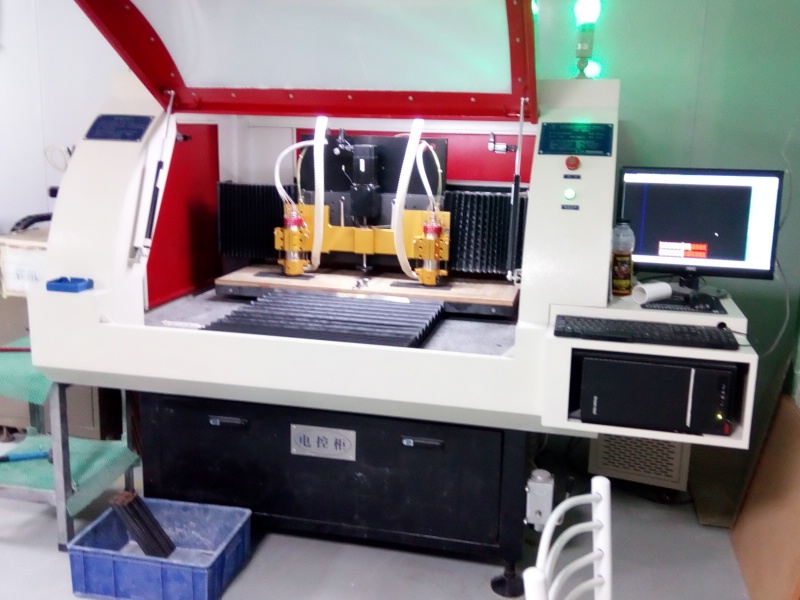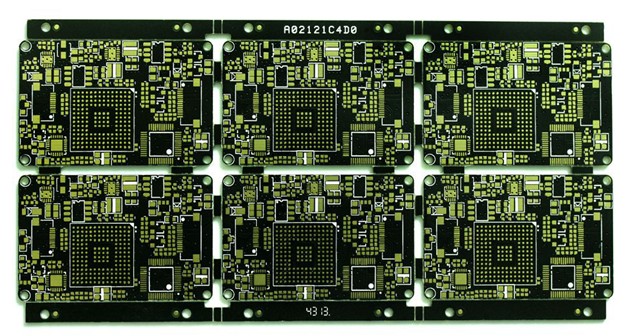

On Jan. 4, Reuters rang in the new year with a report stating the United States manufacturing and construction sectors can both look forward to "tepid growth."
However, a report issued by Deloitte Touche Tohmatsu and the U.S. Council on Competitiveness — "2016 Global Manufacturing Competitiveness Index" — predicts the United States will regain its former position as the No. 1 manufacturing producer in the world, surpassing China by 2020. This study was a result of dozens of face-to-face interviews with chief research leaders, chief technology officers and directors of national research facilities.
On the same date the Reuters article was published, China closed its stock market due to rapidly-falling share prices of Chinese-based companies. The U.S. stock markets took big hits as a result of the problems faced by the Chinese.
Where do the countries rank?
According to the Deloitte report, the United States, Canada and Mexico are currently in the top 10 manufacturing countries and will stay there through 2020. But six countries in the Asia-Pacific region — China, India, South Korea, Japan, Singapore and Taiwan — are also listed in the top 10 or marked for future inclusion in top-10 competitiveness in manufacturing.
With nine slots taken by the North America and Asia-Pacific regions, the pressure is on European countries. Many economists believe all European countries' manufacturing competitiveness rankings will decline by 2020 — with the exception of Germany, which is currently ranked third and is expected to stay there five years from now. Compare that to the United Kingdom, which is currently ranked sixth but expected to fall to eighth by 2020.
"The 2016 Global Manufacturing Competitiveness Index shows the importance of policy, investment and innovation for company and country competitiveness," said Deborah L. Wince-Smith, president and CEO of the Council on Competitiveness.
These interviews shine light on the strengths and potential vulnerabilities for U.S. manufacturing.
How can US manufacturing stay competitive?
Craig Giffi, vice chairman of Deloitte, offers some interesting analysis.
"By investing in advanced manufacturing technologies, nations may enhance their competitiveness and drive economic prosperity," Giffi said. "Investments in research and development (R&D) can lead to advanced manufacturing capabilities. This, in turn, can lead to more complex and exclusive products for export — and these high-tech, often high-value, exports can then make a nation more competitive."
So, what are these advanced technologies? The study discloses 10 of them.
Predictive analytics
Digital design, simulation and integration
Advanced robotics
Open-source design / direct customer input
Augmented reality
Smart, connected products (Internet of Things)
Advanced materials
Smart factories (Internet of Things)
High-performance computing
3-D printing and scanning
Giffi also said increases in worker pay is an added benefit of advanced technologies: "The average U.S. worker compensation in advanced industries has increased five times that of all industries since 1975 and is now nearly twice the average of traditional industries."
It's clear the U.S. is leading the way in these areas of technology, which will help the country regain the top manufacturing spot.
"American executives consistently feel that our entrenched creativity and entrepreneurial spirit have given us an edge," Wince-Smith added. "They see especially strong potential in technologies related to the Internet of Things — embedded sensors and connected devices, for example. They also see potential in advanced computing, 3-D printing and next-generation materials.
"And they feel excited about the new opportunities that come from combining these advanced technologies in a synergistic manner."
Tel: +86-755-23303020
E-m:szhzxpcb5@163.com
Add: 2B, Building C, Tongfuyu Industrial Zone, Buyong Daxing 2nd Road, Shajing, Baoan, Shenzhen, China,518104






